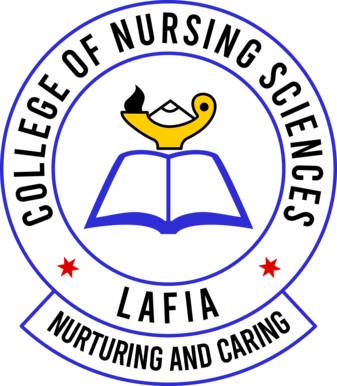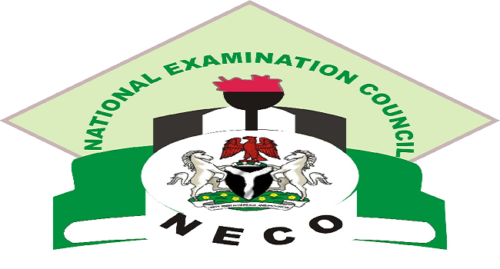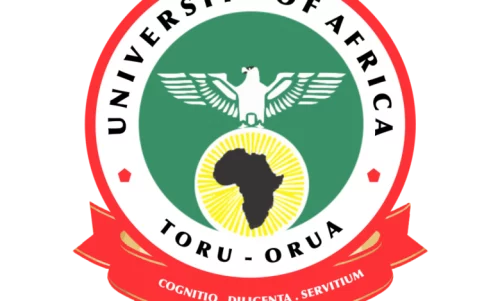Agric Keypoints: Plant Forms and functions; Crop plants are essential for human sustenance, providing food, fibers, and other valuable resources. Understanding the parts and functions of these plants is crucial for successful cultivation and maximizing yields.
Agric Keypoints: Plant Forms and functions
This article explores the anatomy and morphology of monocot and dicot crop plants, along with the diverse storage organs commonly found in these crops.
Study other Agric keypoints here for JAMB, WAEC, IJMB
a. Parts of Monocot and Dicot Crop Plants and Their Functions
i. Crop Plant Parts and Their Functions:
- Roots: Responsible for anchoring the plant in the soil and absorbing water and nutrients. They also store carbohydrates for future use.
- Stems: Provide structural support to the plant and serve as conduits for the movement of water, nutrients, and sugars between the roots and leaves.
- Leaves: The primary site of photosynthesis, where the plant converts sunlight, water, and carbon dioxide into carbohydrates and oxygen.
- Flowers: Responsible for reproduction, containing male (stamen) and female (pistil) reproductive organs.
- Fruits: Develop from fertilized flowers and contain seeds for the next generation. They serve as a means of seed dispersal.
- Seeds: Embryonic plants encased in protective coats, capable of germinating into new plants under suitable conditions.
ii. Differences between Monocot and Dicot Crop Plants:
Monocot Crop Plants:
- Have one cotyledon (seed leaf) in the embryo.
- Leaves have parallel venation.
- Floral parts are typically in multiples of three (e.g., 3 or 6 petals).
- Vascular bundles in stems are scattered.
- Examples of monocot crops include rice, wheat, corn, and sugarcane.
Dicot Crop Plants:
- Have two cotyledons in the embryo.
- Leaves have reticulate (net-like) venation.
- Floral parts are usually in multiples of four or five (e.g., 4 or 5 petals).
- Vascular bundles in stems are arranged in a ring.
- Examples of dicot crops include soybeans, peanuts, cotton, and potatoes.
b. The Anatomy and Morphology of the Storage Organs of Common Crop Plants
Differentiating Various Storage Organs of Crop Plants:
- Roots as Storage Organs: In some crop plants, roots serve as storage organs for carbohydrates and other nutrients. Examples include:
- Sweet Potatoes: The fleshy roots store starch and sugars.
- Carrots: The taproot stores carbohydrates.
- Stems as Storage Organs: Some plants store nutrients and water in their stems. Examples include:
- Potatoes: The underground stem (tuber) stores starch.
- Sugarcane: The stems store sucrose.
- Leaves as Storage Organs: Certain plants store nutrients in their leaves. Examples include:
- Onions: Bulb leaves store carbohydrates.
- Cabbages: The fleshy leaves store carbohydrates.
- Fruits as Storage Organs: Fruits are common storage organs for seeds. Examples include:
- Beans and Peas: The seeds are stored in pods.
- Tomatoes: The seeds are stored within the fleshy fruit.
Conclusion:
Understanding the structure and functions of crop plants is essential for successful agriculture. Monocot and dicot crop plants differ in their anatomy and morphology, leading to distinct growth patterns and characteristics.
Additionally, various storage organs in crop plants play a vital role in nutrient storage and seed propagation. By comprehending these plant forms and functions, farmers can make informed decisions to optimize cultivation practices and improve crop yields for the benefit of humanity.












